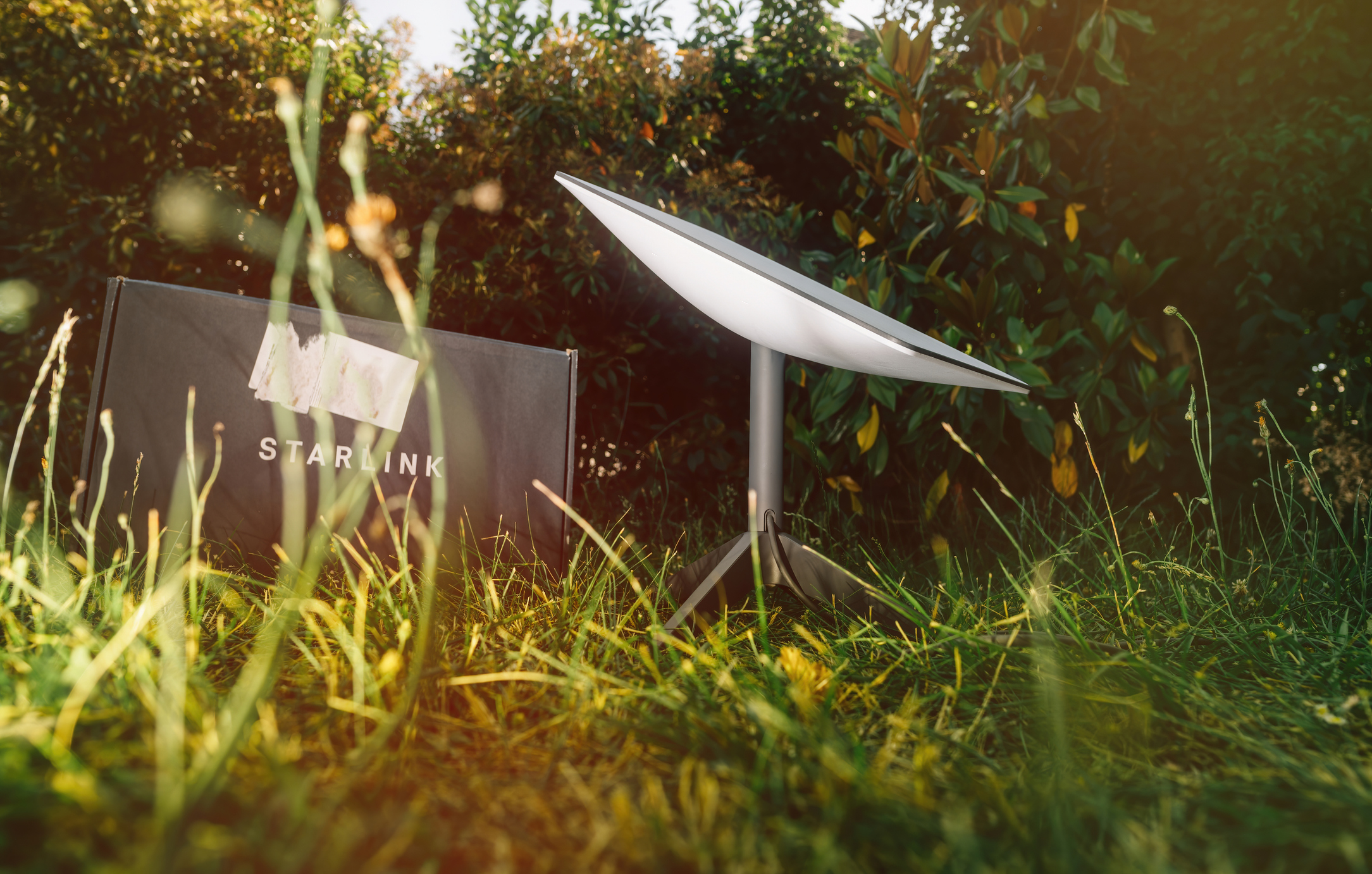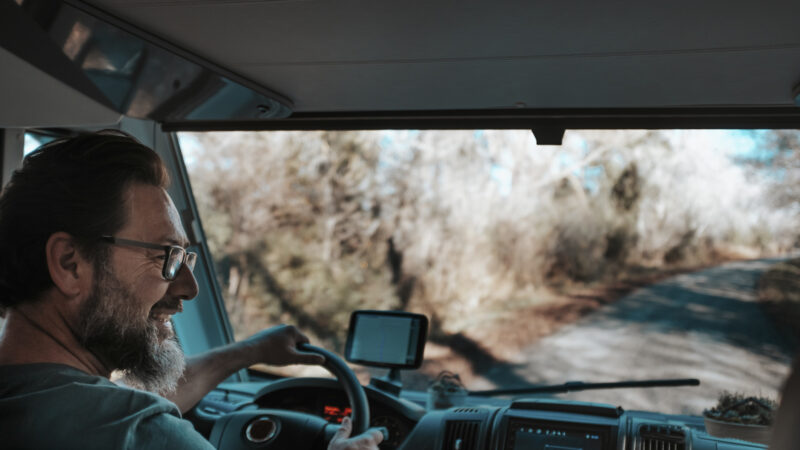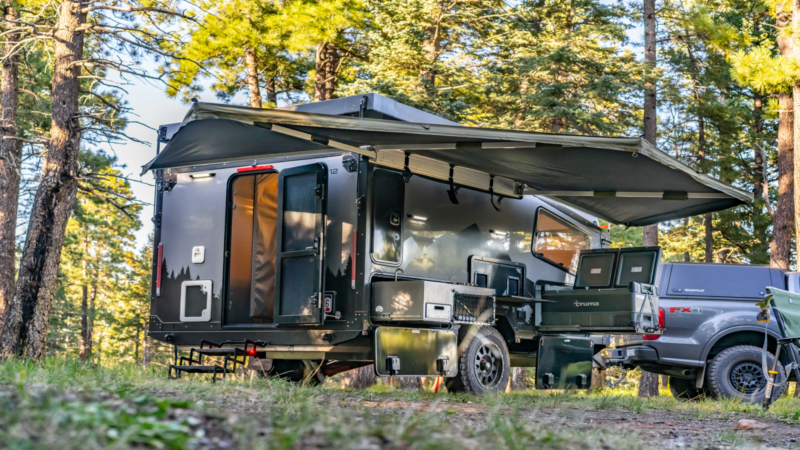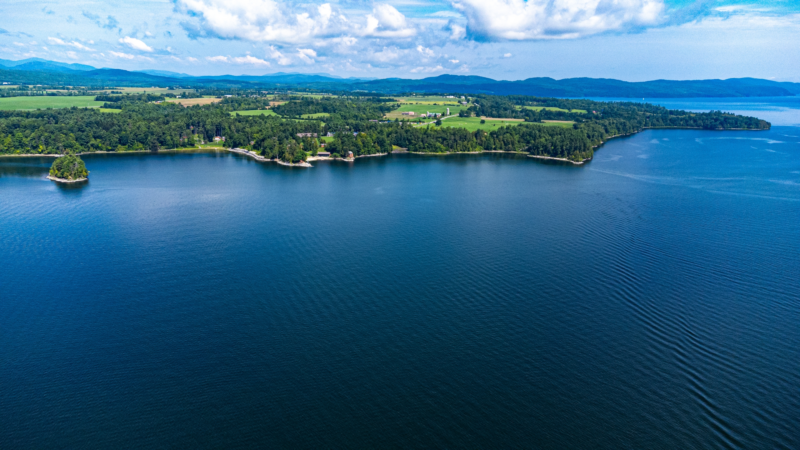Starlink-Powered RVing: How High-Speed Internet is Transforming Remote Work on the Road | I Heart RVing

The Internet Challenges of Full-Time RVing
Living life on the road in your RV is a dream come true, but it often comes with a frustrating downside: unreliable internet. As a remote worker or full-time RVer, you’ve likely struggled with spotty campground Wi-Fi or weak cellular signals in remote areas. These connectivity issues can disrupt your Zoom calls, delay project deadlines, or leave you completely cut off from the digital world. Whether you’re parked in a national forest or a rural campground, finding a stable connection for remote work while RVing can feel like an uphill battle. The constant search for a signal not only wastes your time but also adds stress to your nomadic lifestyle. Thankfully, there’s a game-changer on the horizon that’s helping RVers like you stay connected no matter where the road takes you.
How Starlink Is Changing the Game
Imagine having high-speed RV internet that works just as well in the middle of nowhere as it does in a bustling city. That’s the promise of Starlink for RVs, a satellite internet service that’s revolutionizing how you stay online while traveling. Unlike traditional options like campground Wi-Fi or mobile hotspots, Starlink delivers fast, reliable connectivity through a network of low-orbit satellites, ensuring coverage even in remote locations. This means you can set up your office anywhere—whether it’s by a serene lake or deep in the desert—and still join video calls or upload large files without a hitch. For remote workers, this kind of access is a lifeline, making remote work while RVing not just possible but seamless. With speeds often rivaling home broadband, Starlink is empowering RVers to live and work on their terms, no matter where they roam. Curious about the best tools for working remotely? Check out this guide on essential gear for working remotely from your RV.
Installing and Using Starlink in an RV
Getting started with Starlink installation for RV travel might sound intimidating, but it’s simpler than you think. Here’s a step-by-step guide to help you set up and use this powerful internet solution on the road:
- Order Your Starlink Kit: First, purchase the Starlink RV package, which includes a portable dish, router, and necessary cables. It’s designed for mobility, perfect for your nomadic lifestyle.
- Choose Your Mounting Spot: Decide where to place the dish on your RV. Many RVers mount it on the roof for a clear view of the sky, but a portable tripod works too if you prefer flexibility at each stop.
- Set Up the Dish: Position the dish to avoid obstructions like trees or buildings. The Starlink app helps you find the best angle for optimal signal strength.
- Connect the Router: Plug the dish into the router inside your RV, then connect your devices via Wi-Fi. The setup process is user-friendly and usually takes less than 30 minutes.
- Power It Up: Ensure you have a reliable power source, like a generator or solar setup, since the dish requires consistent electricity to operate.
- Test Your Connection: Once everything’s connected, run a speed test to confirm you’re getting high-speed RV internet. Adjust the dish if needed for the best performance.
With these steps, you’ll be ready to work or stream from virtually anywhere. Just remember to pack up the dish securely when you hit the road again!
Real-World Performance in Remote Areas
You might wonder if Starlink for RVs really holds up in the middle of nowhere, and the answer is a resounding yes. Many RVers report download speeds of 50-150 Mbps, even in remote national parks or off-grid boondocking spots where cell service is nonexistent. This kind of high-speed RV internet lets you handle everything from video conferencing to streaming movies without buffering. For instance, imagine working on a project deadline while parked near a desert canyon—Starlink keeps you connected as if you’re in an urban office. While performance can dip during peak usage times or bad weather, most users find it far more reliable than traditional options. This level of connectivity is transforming remote work while RVing, giving you the freedom to chase adventure without sacrificing productivity or staying in touch with clients and family.
Alternatives to Starlink for RVers
While Starlink is a fantastic option, it’s not the only way to get online during your travels. Here are a few alternatives to consider for high-speed RV internet if Starlink doesn’t fit your needs or budget:
- Mobile Hotspots with Cellular Data: Devices from major carriers like Verizon or AT&T can provide decent internet if you’re in areas with strong 4G or 5G coverage. However, data caps and signal strength can be limiting in rural spots.
- Campground Wi-Fi Boosters: Some RVers use signal boosters to enhance weak campground Wi-Fi. While affordable, this option depends heavily on the quality of the base connection, which often falls short.
- Other Satellite Providers: Companies like HughesNet or Viasat offer satellite internet, though speeds and data limits typically pale in comparison to Starlink. They might work as a backup if coverage is your main concern.
- Public Wi-Fi Hotspots: Libraries, cafes, and rest stops sometimes offer free Wi-Fi. This isn’t ideal for consistent remote work while RVing, but it’s a budget-friendly stopgap in a pinch.
Each option has trade-offs, so weigh your location, workload, and budget before deciding what’s best for your travels.
Conclusion: Wi-Fi Freedom from Coast to Coast
With solutions like Starlink installation for RV travel, you can finally enjoy true Wi-Fi freedom no matter where your journey takes you. High-speed RV internet is no longer a pipe dream—it’s a reality that’s transforming how you work and live on the road. Whether you’re a remote worker or a full-time RVer, staying connected has never been easier. For more tips and resources on making the most of your RV lifestyle, swing by I Heart RVing and explore everything you need to thrive on the open road.







